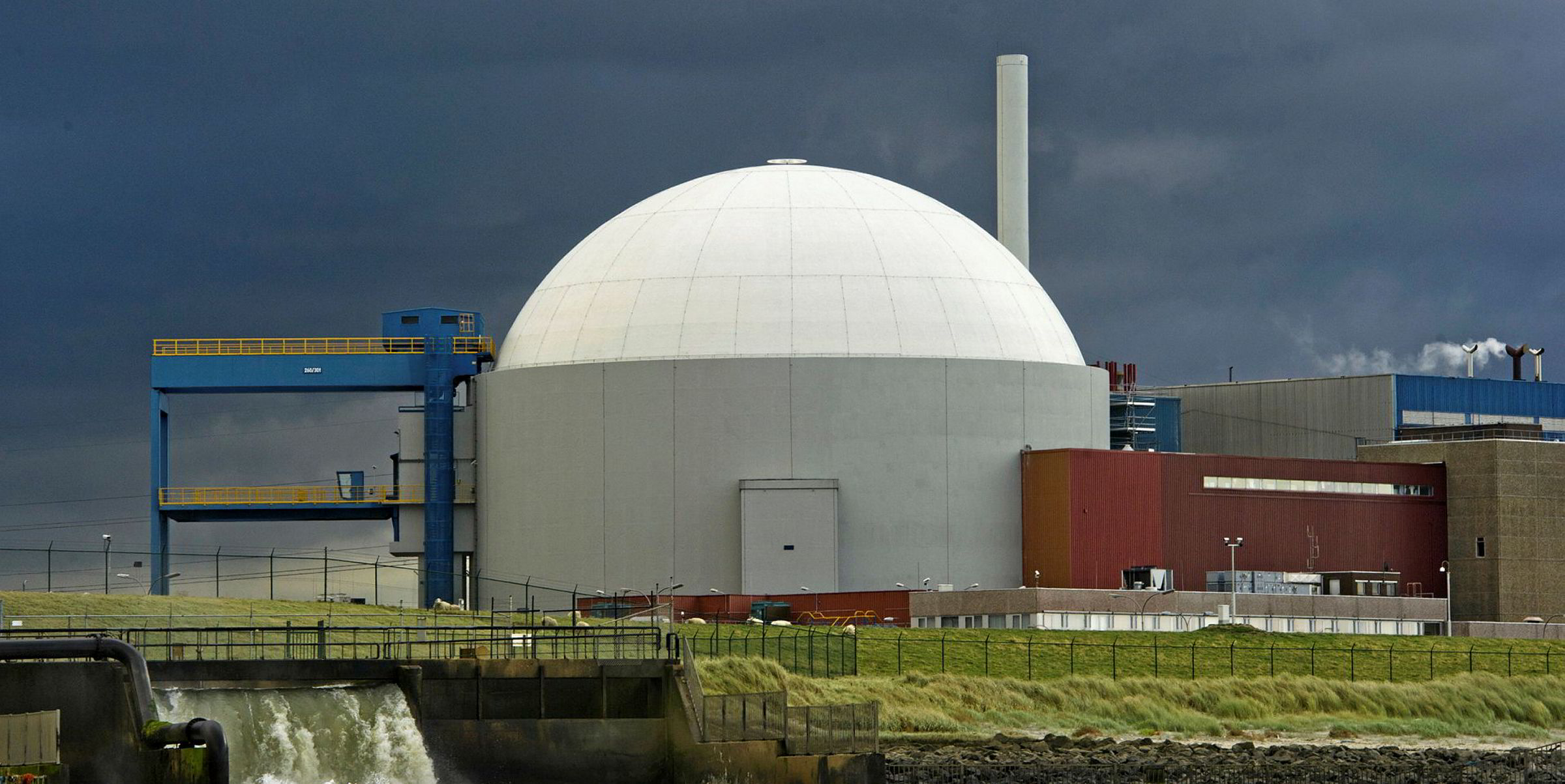
The mission, conducted at the request of the Government, was hosted by the Authority for Nuclear Safety & Radiation Protection (ANVS). It was part of the second IRRS cycle to the Netherlands. The first IRRS mission in the Netherlands took place in 2014, with a follow-up review in 2018.
The team, comprising 16 senior regulatory experts from 13 member states and three IAEA staff members, reviewed the regulatory oversight of facilities, activities, and exposure situations. The mission included interviews and discussions with representatives from the ANVS, the Ministry of Infrastructure & Water Management (I&W), the Ministry of Social Affairs & Employment (SZW), the Netherlands Labour Authority (NLA), the Ministry of Health, Welfare & Sports (VWS) and the Health & Youth Care Inspectorate (IGJ). The team also visited the Borssele NPP, the Central Organisation for Radioactive Waste, the Research Reactor at the Reactor Institute Delft and the Reinier de Graaf Hospital to observe inspections conducted by the Netherlands regulators.
The Borssele NPP contributes 3.3% of the total electricity generation in the Netherlands. At the end of 2022, the Dutch Government announced the Borssele site as the preferred location for two new nuclear power units. One reactor, in Dodewaard, is in permanent shutdown since 1997. The Netherlands also uses radioactive sources in medical, industrial and research applications.
“By inviting an IRRS mission, in this important period of the nuclear power programme in the Netherlands, the Government demonstrates its commitment to continuous improvement of the national regulatory framework for safety,” said the IRRS team leader Cantemir Ciurea-Ercau from the Romanian National Commission for Nuclear Activities Control. “The IRRS team is confident that implementing the updated action plan will further support ANVS and other national regulators in the Netherlands to successfully enhance their regulatory framework in the challenging environment posed by the enlargement of the nuclear power programme.”
“The IRRS mission is setting a new benchmark for the Dutch nuclear safety and radiation protection system. We see this as an extremely important peer review. With this report we can continue to build a future-proof nuclear system in which safety remains paramount. And we will do just that”, said Vivianne Heijnen, Netherlands Minister for the Environment.
The IRRS team identified two good practices:
- Development of a regulatory guide on the use of level 3 Probabilistic Safety Assessment for research reactors and its implementation in the licensing process of the PALLAS Research Reactors.
- Development of the information system Calamiteiten Net (CalNET) that forms a robust basis for the coordination of national and cross-border protective actions during the early phase of a possible nuclear accident.
Furthermore, the IRRS team was made aware of several areas of good performance, for example, the ANVS’s robust risk-informed inspection planning, which targets potential vulnerabilities in the operation of facilities or performance of activities as well as its active checks on the lack of knowledge or potential blind spots to further optimize its regulatory inspection programme.
The IRRS team made several recommendations and suggestions to further improve the regulatory system:
- The government should develop a national strategy for safety that sets out the mechanisms for implementing the national policy for nuclear safety and radiation protection, considering a graded approach, in line with the IAEA Safety Fundamentals.
- The Ministry of Health, Welfare & Sports should ensure that diagnostic reference levels for medical exposure, dose constraints for carers and comforters and for volunteers participating in a programme of biomedical research are established.
- The ANVS should implement the improvements of its ANVS Integral Management System, identify and develop its processes and procedures in a coherent manner, integrate them into its management system, and ensure that the management system is consistently used throughout the organisation.
The final mission report will be provided to ANVS in about three months. The Netherlands plans to make the report public.
An International Physical Protection Advisory Service (IPPAS) and an Integrated Review Service for Radioactive Waste and Spent Fuel Management, Decommissioning and Remediation (ARTEMIS) are planned for later this year.
Image: The Borssele nuclear power plant (courtesy of EPZ)



